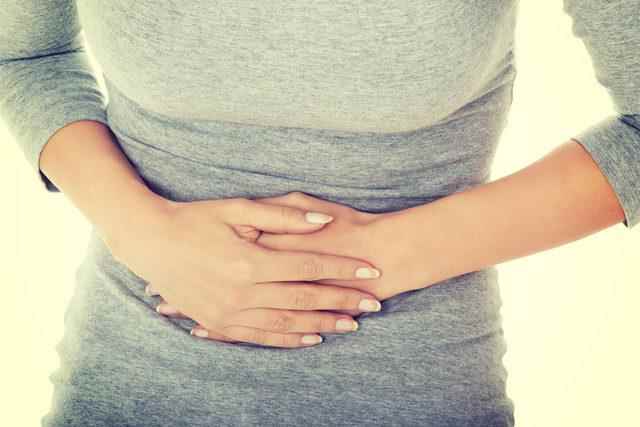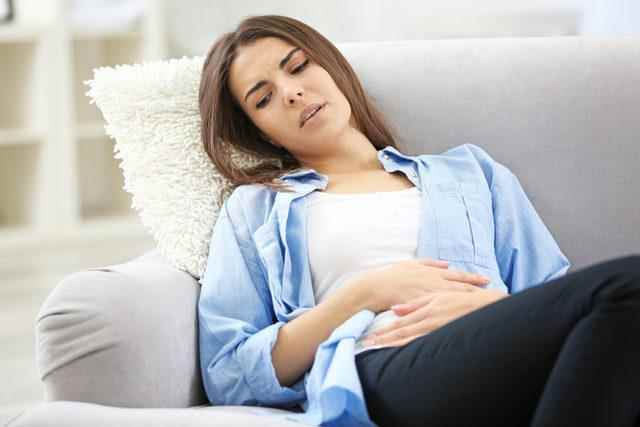Acıbadem University Faculty of Medicine Head of Gynecology and Obstetrics Department and Acıbadem Maslak Hospital Gynecology and Obstetrics, Gynecological Oncology Specialist Prof. Dr. Mete Güngör, in his statement within the scope of Endometriosis Awareness month in March, explained 6 important points that should be known about endometriosis disease, which knocks on the door of one out of every 10 women of reproductive age, and made important warnings and suggestions.
ATTENTION TO THESE SIGNALS
Endometriosis, which is defined as the presence of the tissue lining the inner wall of the uterus outside the uterus, progresses insidiously in some patients without any symptoms; In most patients, it causes severe pain, excessive bleeding and painful intercourse, especially during the menstrual period, especially chronic abdominal pain. If endometriosis has affected the intestines; painful defecation, bloody urine and burning complaints are seen if it affects the bladder. Damage to the reproductive organs can lead to infertility.
CAN BE MIXED WITH OTHER DISEASES
Since endometriosis, known as ‘chocolate cyst’ among the people, can cause similar complaints with many diseases, patients often do not know that these pains are caused by endometriosis, and they may waste time by consulting many doctors in different branches. E.g; Problems such as low back and back pain, constant fatigue, abdominal pain, bloating and gas, which are very common in society, can be caused by endometriosis.
IT CAN PREVENT BEING A MOTHER
It is still a controversial issue that endometriosis causes infertility. prof. Dr. Mete Güngör “Not every endometriosis disease causes infertility. Some patients can become pregnant spontaneously, but endometriosis foci can cause infertility by causing obstructions and adhesions, especially in the tubes and ovaries. In addition, some substances secreted from endometriosis foci can prevent the fertilization of eggs and sperm or their placement in the uterus. In the studies conducted, it has been determined that 15-55 percent of the women who applied to the doctor saying ‘I am not having a child’ have endometriosis.

TREATMENT IS EASIER THAN DIAGNOSIS
Although endometriosis is the most common benign disease in women after fibroids, many women think that menstrual pain is a normal condition and they have to live with it, since the existence of such a disease is mostly unknown. Since the complaints it causes are often confused with other diseases, the diagnosis can take up to 10 years. Gynecological Oncology Specialist Prof. Dr. Mete Güngör said, “As endometriosis, which is also seen in young girls, cannot be diagnosed for years, its treatment can become more complex because it is mostly seen in an advanced state. Treatment of endometriosis; It can vary depending on the level of the disease, symptoms and whether the patient wants to have a child. It can be treated with medication, surgery, or both.”

CAUSES CANCER
Scientific studies; It reveals that ovarian cancer is more common in patients with endometriosis. prof. Dr. Mete Güngör “We do not operate on every endometriosis cyst. If the patient has no complaints, the cyst is smaller than 5 cm, and the patient is young, we can follow these cysts for a while. Because this disease can recur at a rate of 10-30%. For this reason, if we are going to operate, we must have an important reason.” He explains the situations that require surgery as follows: “In case of severe pain, inability to conceive despite treatment, and in case of suspicious appearance in terms of cancer, surgery is required. Especially since endometriosis cysts that occur between the ages of 40-50 can be a precursor of cancer, they should be operated and pathologically examined.
ATTENTION TO THE PIECE CYCLE
prof. Dr. Emphasizing that the risk of the disease is 6 times higher in those with a family history of endometriosis, Mete Güngör lists other risk factors as follows: “First menstruation before the age of 11, menstruation at intervals of less than 27 days, menstruation lasting longer than 7 days, never conceived and never gave birth.” Being exposed to high levels of estrogen, presence of structural anomalies that prevent the normal menstrual cycle, presence in close relatives, unhealthy diet, especially meat-based, non-vegetable and fatty diet, excessive caffeine consumption are accepted as other risk factors for endometriosis.
